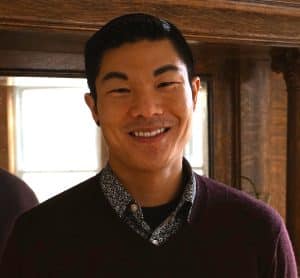By
New England Psychologist Staff
March 31st, 2024

Aaronson Y Chew, Ph.D., MSCP
It has been generally accepted, within psychology and in the broader world, that increasing diverse representation in schools, the workforce, and within the practice itself will lead to a more equitable society. Encouraging the inclusion of a greater variety of people would support greater understanding, improve opportunity, remove biases, and help to reduce divisiveness.
But what if we look at the issue from a different angle, starting with the individual rather than from a system-wide point of view, especially because things like quotas and DEI training have both helped and created greater rifts?
Acknowledging that the system needs those guidelines to bring a greater variety of voices to the table, Aaronson Y Chew, Ph.D., MSCP, has examin...
Posted in
Interviews,
Subscribers |
Comments Off on Racial identity, self-esteem among psychologist’s focuses

